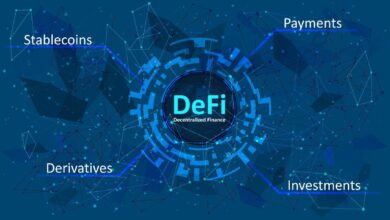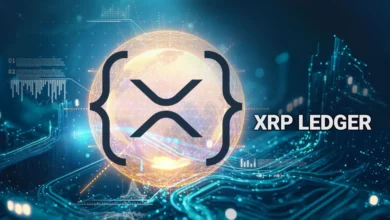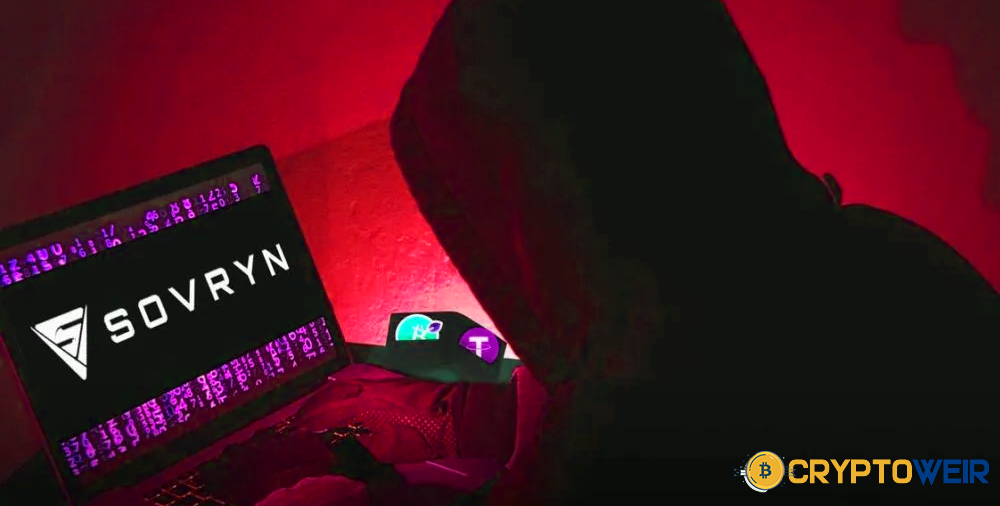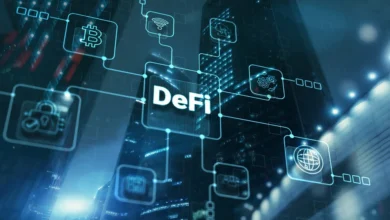DeFi lending Alliance Turbocharges Tokenization on Cronos
Cronos, Morpho and Crypto.com team up to scale DeFi lending and real-world asset tokenization, unlocking institutional growth on-chain.
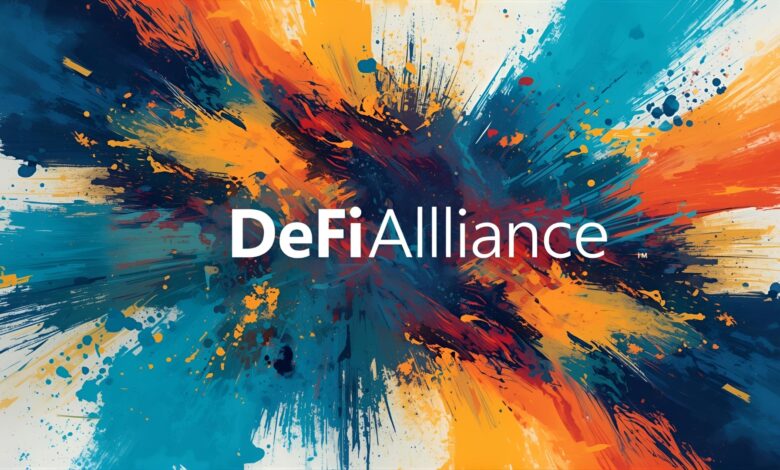
The decentralized finance landscape is shifting again—and this time, the spotlight is on a three-way collaboration designed to push DeFi lending and tokenization into the mainstream of finance. Cronos, Morpho, and Crypto.com have announced a strategic alliance to bring advanced lending markets to the Cronos ecosystem and accelerate the tokenization of real-world assets (RWAs) for both retail and institutional users. Early details suggest that Morpho Vault will launch on Cronos, while Crypto.com’s distribution and compliance footprint helps connect millions of users to efficient, on-chain credit markets and asset rails.
This partnership builds on a year in which Cronos unveiled a 2025–2026 roadmap to become a core infrastructure layer for tokenized finance, featuring zkEVM scaling, institutional features, and a full-stack tokenization platform that integrates directly with Crypto.com. Combined with fresh infrastructure tie-ups, including AWS, to support large-scale tokenization programs, the ingredients are falling into place for a pivotal DeFi expansion cycle on Cronos.
Why This Alliance Matters Right Now
DeFi lending market is moving toward programmable assets and capital-efficient lending—without sacrificing risk controls or user experience. Morpho, which has been rolling out institutional-grade lending primitives and fixed-term markets, is extending its reach beyond Ethereum to Cronos, where fees are low and throughput is high. With Crypto.com integrating distribution and compliance, the alliance addresses three key bottlenecks that have hindered DeFi adoption: simplified access, scalable liquidity, and credible infrastructure for tokenized assets.
At the same time, Cronos’s roadmap and whitepaper outline a multi-chain stack—comprising the Cronos EVM, zkEVM, and POS—engineered for institutional participation, near-instant settlement, and RWA issuance. That makes it an apt landing zone for on-chain loans, tokenized collateral, and regulated access points.
Building Blocks Who Bring What to the Table
Cronos: A Purpose-Built Home for Tokenized Finance
Cronos has positioned itself as a hybrid of developer agility and institutional readiness. Its zkEVM roadmap promises lower costs and faster finality, while POS validators secure the ecosystem with billions staked. The network’s 2025–2026 strategy is explicit: support tokenization end-to-end, embed AI agents for automation, and integrate natively with Crypto.com for user acquisition and distribution. The recent AWS partnership suggests Cronos is laying cloud-grade rails for data, compliance workflows, and throughput required for enterprise-scale RWA programs.
Cronos also benefits from a unique “three-chain” architecture—EVM, zkEVM, and POS—that can route different transaction types to the most appropriate layer—this modularity is crucial when transitioning between high-frequency DeFi trades, batch issuance of tokenized assets, and long-tail settlement.
Morpho Capital-Efficient Lending Primitives
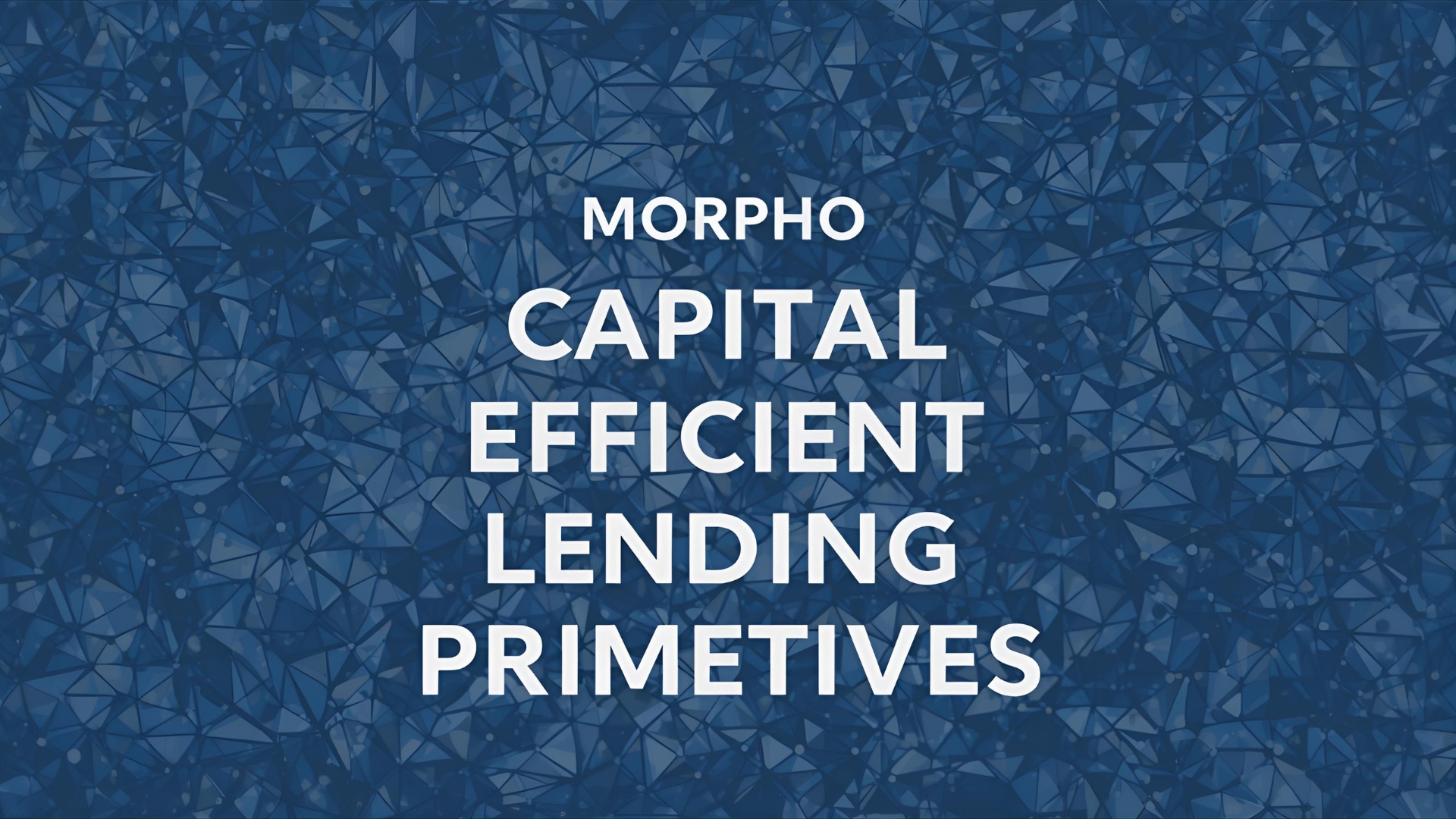
Morpho has evolved from an optimizer of pool-based lending into a protocol suite that includes fixed-rate, fixed-term markets and Morpho Vaults. Vaults enable managers to define risk parameters and collateral mixes, allowing for institutional-grade strategies that remain transparent on-chain. With Coinbase adopting Morpho to power on-chain lending that has already originated hundreds of millions in loans, there’s growing evidence that Morpho’s design resonates with professional counterparties seeking predictable rates and robust controls. Bringing these primitives to Cronos promises deeper liquidity and more granular risk management for borrowers and lenders.
Crypto.com Distribution, Compliance, and Liquidity Access
Crypto.com boasts one of the broadest distribution and regulatory footprints in the crypto industry, making it a natural channel for onboarding users into DeFi lending and tokenization products on Cronos. Its integration with Cronos is front and center in the network’s roadmap narrative, helping to translate infrastructure advances into mainstream adoption. Recent corporate moves have further expanded Crypto.com’s reach and capital market visibility, creating potential cross-winds that could benefit Cronos-native DeFi offerings.
What the Alliance Delivers First Advanced Lending on Cronos
The near-term milestone is the launch of Morpho Vaults on Cronos, slated to enable advanced lending and borrowing markets with configurable risk and collateral parameters. For users, this means more competitive rates, improved capital efficiency, and transparent, market-driven pricing. For institutions, this means the ability to define credit boxes—for example, tokenized Treasury bills or RWA baskets — as collateral, while leveraging Cronos’s low-cost execution and Crypto.com’s streamlined onboarding flow.
By combining Vault architecture with Cronos’s throughput, the alliance can support specialized markets such as stablecoin-secured loans, BTC/ETH-backed credit, and tokenized securities collateralization. The long-run vision is a composable credit layer where a tokenized commercial invoice, a short-duration Treasury token, and staking derivatives can all plug into lending markets with appropriate risk haircuts and liquidations handled on-chain.
The Tokenization Flywheel RWAs Meet DeFi Liquidity
From Issuance to Collateral A Closed Loop
Tokenization only scales when assets can move seamlessly from issuance to financing and secondary trading. Cronos has previewed a full-service tokenization platform, encompassing issuance, settlement, yield, and DeFi integration, so RWAs aren’t left stranded after minting—the Morpho-Crypto. Com-Cronos triangle closes the loop: assets are issued on Cronos, onboarded to vaults for financing, and distributed to users via Crypto.com’s channels. This creates a self-reinforcing liquidity flywheel that should deepen markets over time.
AWS as the Institutional Bridge
DeFi lending tokenization also needs dependable data pipelines, KYC/AML workflows, and scalable compute for risk analytics. The new Cronos–AWS partnership addresses these needs directly, with commitments to support startups and RWA platforms building on Cronos—reportedly targeting a multi-billion-dollar tokenization volume over the next cycle. This cloud-grade backbone offers a familiar environment for enterprises exploring on-chain finance.
How It Works A User Journey Through the Stack
A user begins inside the Crypto.com app, where compliant onboarding and fiat rails make the experience familiar and seamless. From there, the user routes funds to Cronos, engaging with Morpho-powered markets via a curated interface. If the user holds tokenized T-bills or an ETF-wrapped asset issued on Cronos, those tokens can serve as collateral within a Vault with parameters designed by professional managers.
The result is lower borrowing costs for high-quality collateral, more consistent yields for lenders, and transparent risk throughout the stack. Over time, as zkEVM scaling and AI-driven agents mature on Cronos, much of this workflow can be automated with guardrails that institutions require.
Risk, Governance, and the Path to Institutional Scale
Measured Risk, Transparent Controls
DeFi lending’s Achilles heel has always been risk opacity. Morpho’s model counters this by enabling market-driven pricing and configurable Vault parameters that can be audited and monitored on-chain. On Cronos, these markets benefit from fast finality and low fees, which reduce liquidation slippage and improve oracle responsiveness. As tokenized assets proliferate, vaults can set differentiated loan-to-value (LTV) ratios, minimum liquidity buffers, and conservative oracle sourcing to mitigate tail risk.
Compliance and Distribution
Crypto.com’s role is pivotal for compliance, custody integrations, and jurisdictional coverage. By tapping into a venue that already navigates licensing and regulatory requirements across multiple regions, Cronos-based tokenized markets can reach beyond crypto-native users to fintechs, asset managers, and treasury teams exploring digital asset strategies, while maintaining a familiar KYC/AML posture.
Competitive Landscape Why Cronos + Morpho + Crypto.com Could Stand Out
Other ecosystems are also chasing the RWA–DeFi convergence, but few combine a bespoke chain stack, a battle-tested lending protocol, and a top-tier distribution channel. Recent traction indicates that Morpho can support large-scale on-chain lending, as seen in the Coinbase deployment, while Cronos is building specific functionality for tokenized finance rather than retrofitting generic DeFi tooling. Crypto.com adds the final mile: getting product in front of millions of users with seamless UX. In a market where liquidity and compliance are king, that combination is hard to replicate.
What to Watch in the Next 12 Months
Launch and Market Composition

The headline to track is the Morpho Vaults deployment on Cronos, slated for the near term. Expect initial markets to feature USDC and blue-chip collateral, such as ETH/BTC, expanding into tokenized Treasuries and diversified RWA baskets as oracles, custodians, and risk committees harden the pipeline. The more institutional the collateral, the more likely stable borrowing costs and stickier liquidity become.
Tokenization Pipelines
Cronos’s tokenization roadmap—and partnerships like AWS—should translate into real issuances, such as short-duration bond tokens, invoice financing pools, or fund tokens. As these feed into vaults, you’ll see a flywheel where issuers get financing, lenders get yield with understood risk, and borrowers access predictable credit. The emergence of AI-assisted agents to automate trading, rebalancing, and risk flags is another storyline consistent with Cronos’s 2025–2026 plan.
Distribution and Product Surfacing
On the front end, look for Crypto.com to surface curated Cronos-native opportunities—perhaps via Earn-style products or segregated DeFi portals—with disclosures that meet regulatory expectations. Done right, this funnels new cohorts into on-chain finance without forcing them to master complex wallets or bridges on day one.
How Builders and Institutions Can Participate
Builders Integrate, Don’t Reinvent
If you’re a developer, consider building composables atop Morpho Vaults rather than writing bespoke credit code. Collateral-aware dApps—such as structured notes, tranching vaults, and principal-protected strategies—can plug into lending liquidity immediately. Cronos’s EVM and zkEVM parity reduces porting friction and grants programs the ability to accelerate GTM for infrastructure and tooling.
Institutions’ Pilot Programs with Guardrails
For asset managers and treasurers, the pilot path is straightforward: start with tokenized cash equivalents or short-term credit backed by high-quality collateral, using Morpho-configured Vaults with conservative LTVs. Lean on Crypto.com for custody connectivity and on-ramp/off-ramp integrations. As analytics and reporting improve via AWS-enabled data stacks, expand allocations methodically.
Bigger Picture From DeFi to On-Chain Finance
The term “DeFi” once implied a parallel system detached from traditional finance. The Cronos–Morpho–Crypto.com alliance represents the opposite: a pragmatic convergence where on-chain rails provide speed, transparency, and composability, while institutions bring scale, standards, and demand for tokenized assets. If successful, this collaboration will blur the line between DeFi and finance entirely—reframing on-chain lending and tokenization as standard financial plumbing rather than exotic experiments.
Frequently Asked Questions
1) What exactly did Cronos, Morpho, and Crypto.com announce?
DeFi Lending Alliance Turbocharges Tokenization on Cronos Unveils Strategic Collaboration to Launch Morpho-Powered Lending Markets on Cronos and Expand into Tokenization Use Cases, Leveraging Crypto.com’s Distribution to Onboard Users and Institutions. The initial phase focuses on deploying Morpho Vaults on Cronos, bringing capital-efficient lending beyond Ethereum.
2) Why is this important for tokenization?
Tokenization thrives when assets can be issued, financed, and traded within a single, composable stack. Cronos is preparing a full-service tokenization platform integrated with Crypto.com, while Morpho provides collateral-aware lending primitives that can accept RWA tokens as collateral. This shortens the path from issuance to utility.
3) How will risk be managed?
Morpho Vaults allow managers to set risk parameters—such as LTVs, collateral types, and liquidation logic—while maintaining auditable on-chain records. On Cronos, low fees and fast finality support orderly liquidations and timely oracle updates, and institutional-grade vaults can segment risk by asset quality.
4) What role does Crypto.com play beyond marketing?
Crypto.com provides regulated access, custody integrations, and a path to package on-chain opportunities for mainstream users. Its deep integration into the Cronos roadmap signals a distribution engine that can translate infrastructure into adoption—critical for RWA and lending markets.
5) When can users expect to try these products?
Early reporting indicates Morpho Vaults are scheduled to go live on Cronos in the near term, with lending markets first and tokenization-enabled collateral expanding as infrastructure and partnerships mature. Watch for official launch communications and market listings as the rollout proceeds.
Conclusion
The Cronos–Morpho–Crypto.com alliance is more than a headline; it’s a blueprint for on-chain finance that connects scalable DeFi lending with institutional-grade tokenization. Cronos provides a multi-chain, performance-oriented base layer; Morpho offers capital-efficient, configurable lending markets; and Crypto.com delivers the distribution and compliance capabilities to reach users at scale.
With AWS-backed infrastructure and a roadmap laser-focused on RWA adoption, this partnership has the right components to move tokenization from pilot projects to mainstream portfolios. If the execution matches the ambition, 2025–2026 could mark the moment when DeFi becomes the backbone of tokenized finance rather than its outpost.



